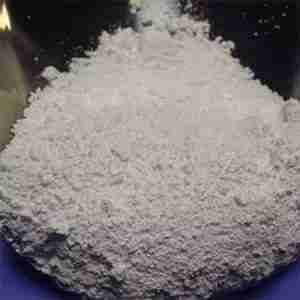uridine 5′-monophosphate typical Properties
Items
Requirements
Results
Description
White or almost white powder
White powder
Potential of hydrogen
7.0~8.5
7.6
Water content
≤26.0%
20.4%
Clarity and color
Clear and Colorless
Complies
Identification
Max. absorption at 262+1nm
Complies
Transmittance of solution
≥95.0 %
98.1%
Heavy metals
≤10ppm
Complies
Arsenic
≤0.00015%
Complies
Nitrite
≤2.0mg/kg
0.44
Identification( UV)
A280 / A260 = 0.36~0.40 A250 /A260 = 0.71~0.77
0.40
0.73
Colony Forming Units
≤300cfu/g
80
Assay(UV)
≥97.0%
97.2%
Purity(HPLC)
≥98.0%
99.4%
uridine 5′-monophosphate Usage
Uridine is the phosphate ester of uridine. Depending on the connection site, there are uridine 2′-phosphate (2′-uridine acid), uridine 3′-phosphate (3′-uridine acid) and uridine 5′-phosphate (5′-uridine acid) Three kinds.
In the body it is usually uridine 5′-phosphate. The data shows that in sow milk, whether it is in the early, middle or late lactation period, uridine has an absolute advantage in the proportion of total nucleotides in the milk, and its value can even reach more than 90% of the total nucleotides.
In addition, comparing the nucleotide content in the piglet feeding slot and post-lactation milk, it was found that among the 5 nucleotides, the piglet feeding slot lacked the most uridine, while other Lack of little or no lack.
Therefore, if the nucleotide content in pig milk represents the amount of nucleotides required by piglets, it can be concluded that of the five nucleotides, piglets are most deficient in uridine.






